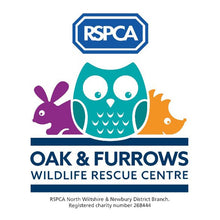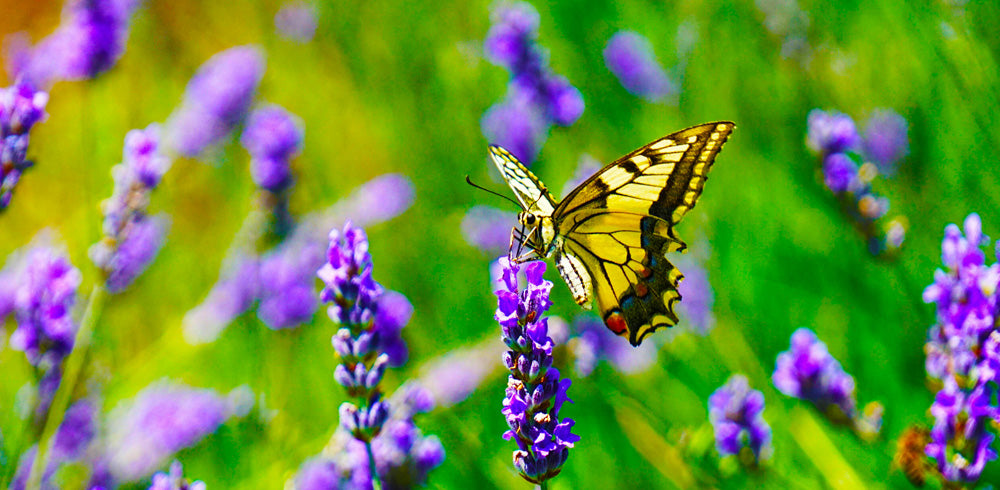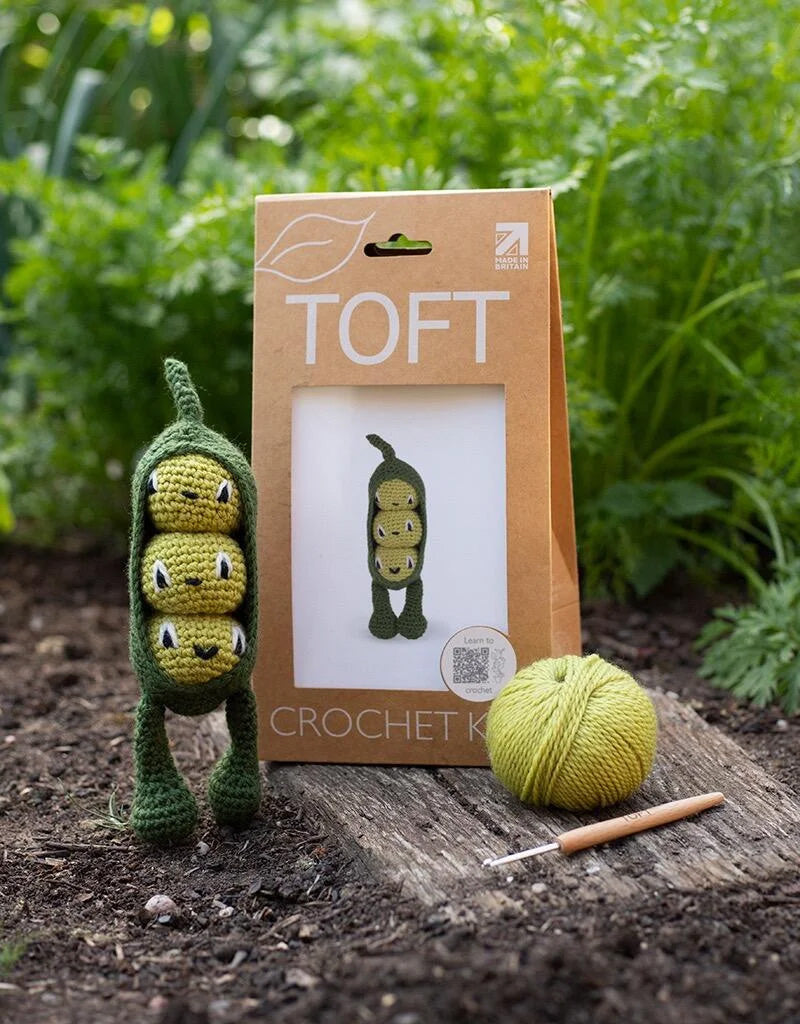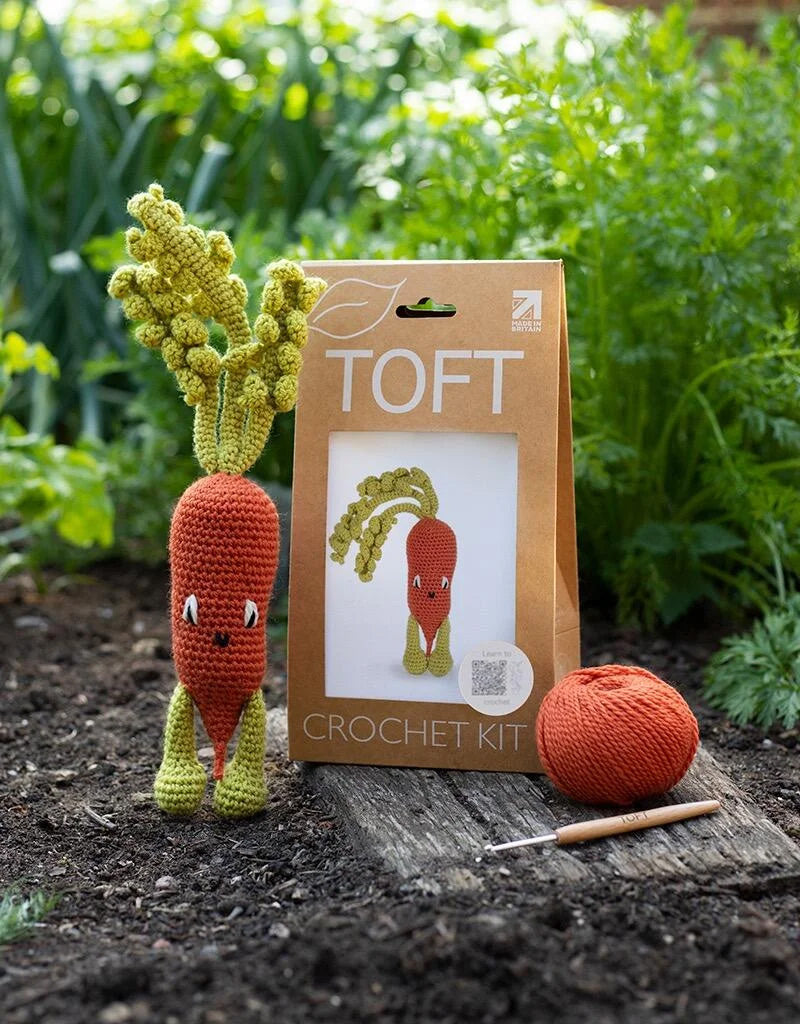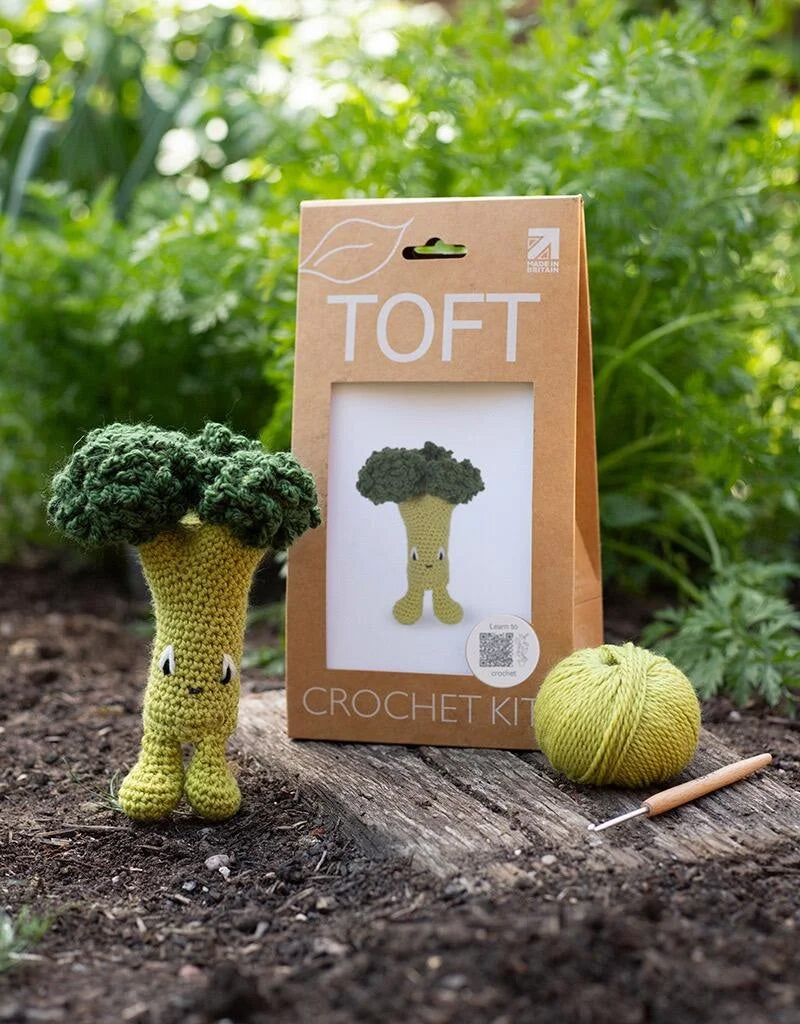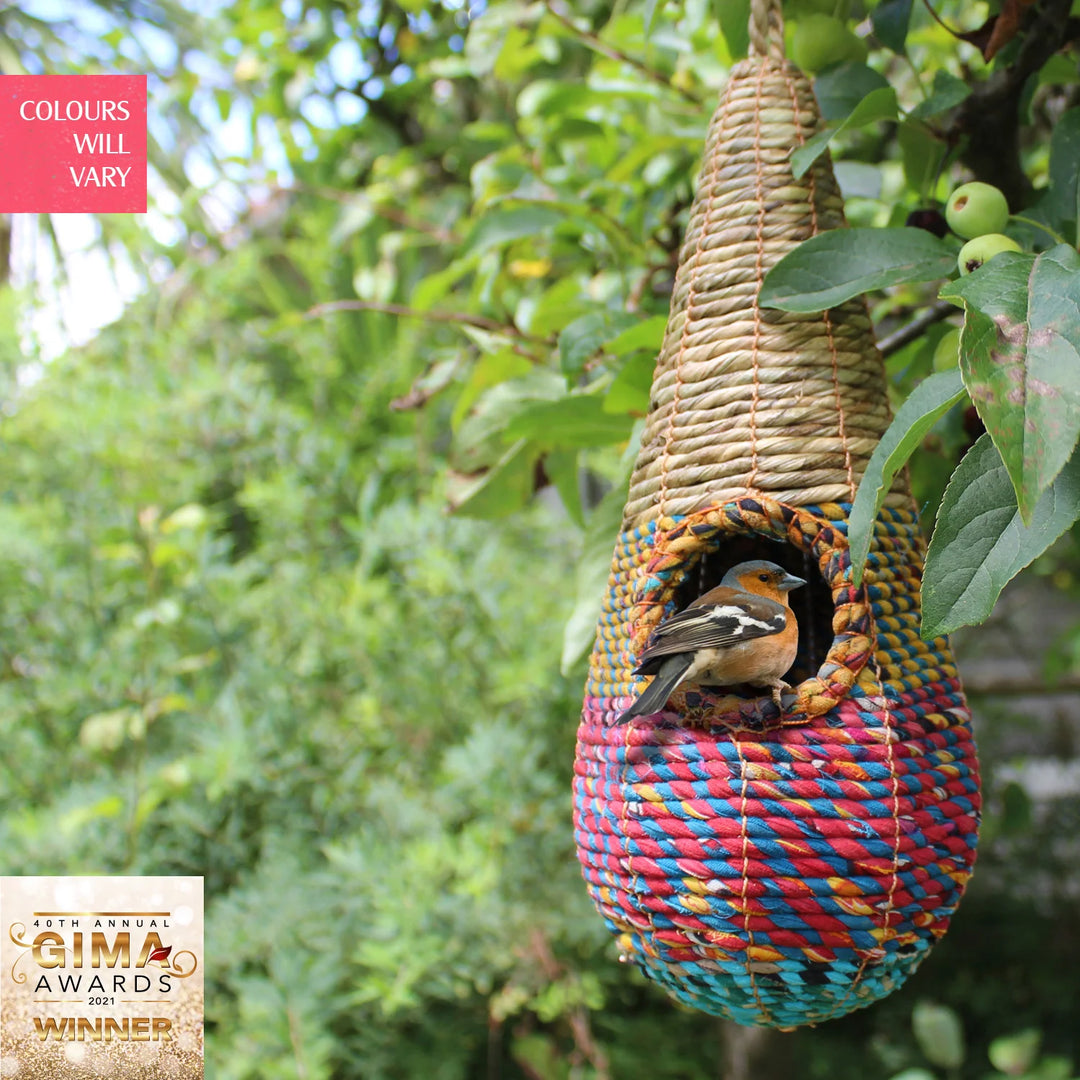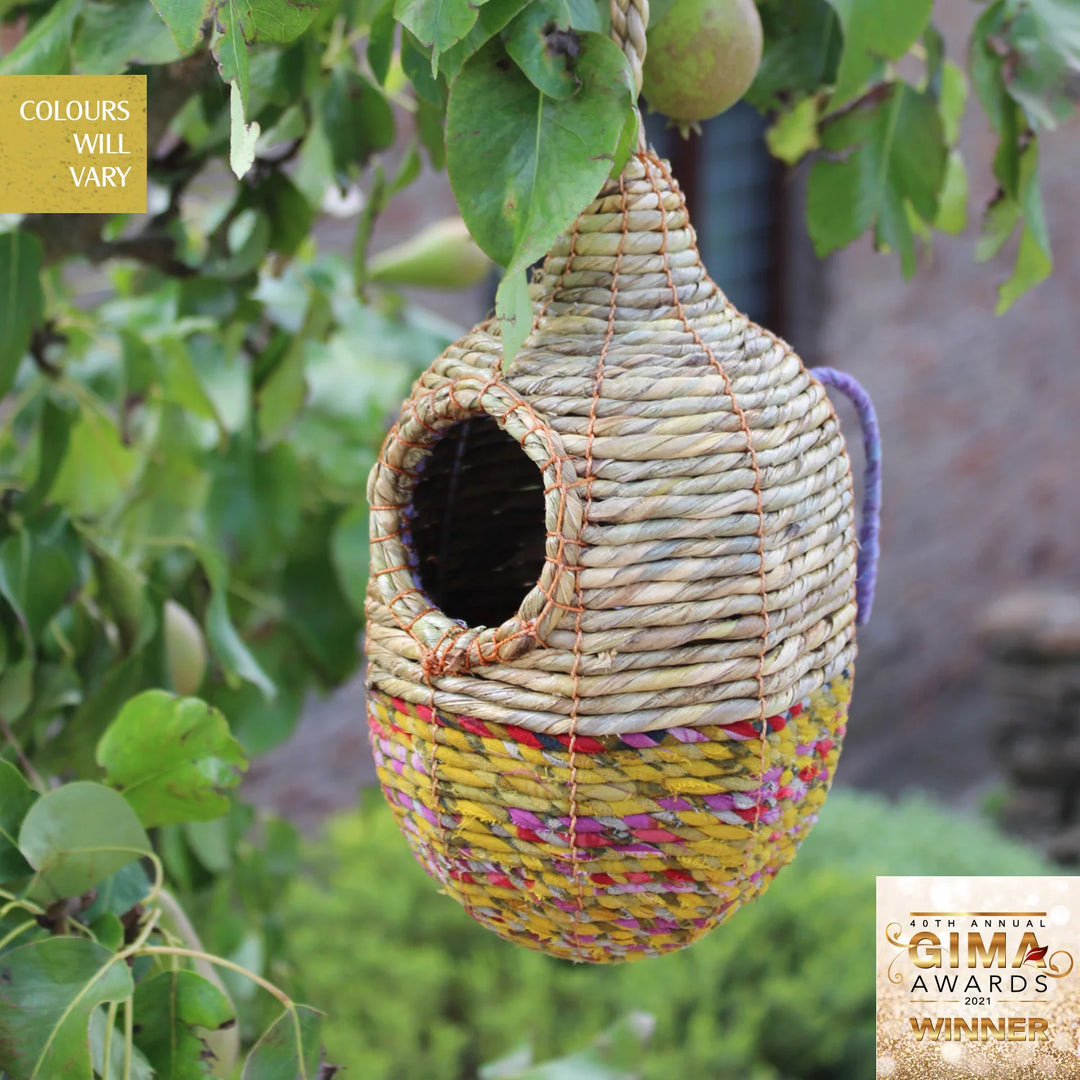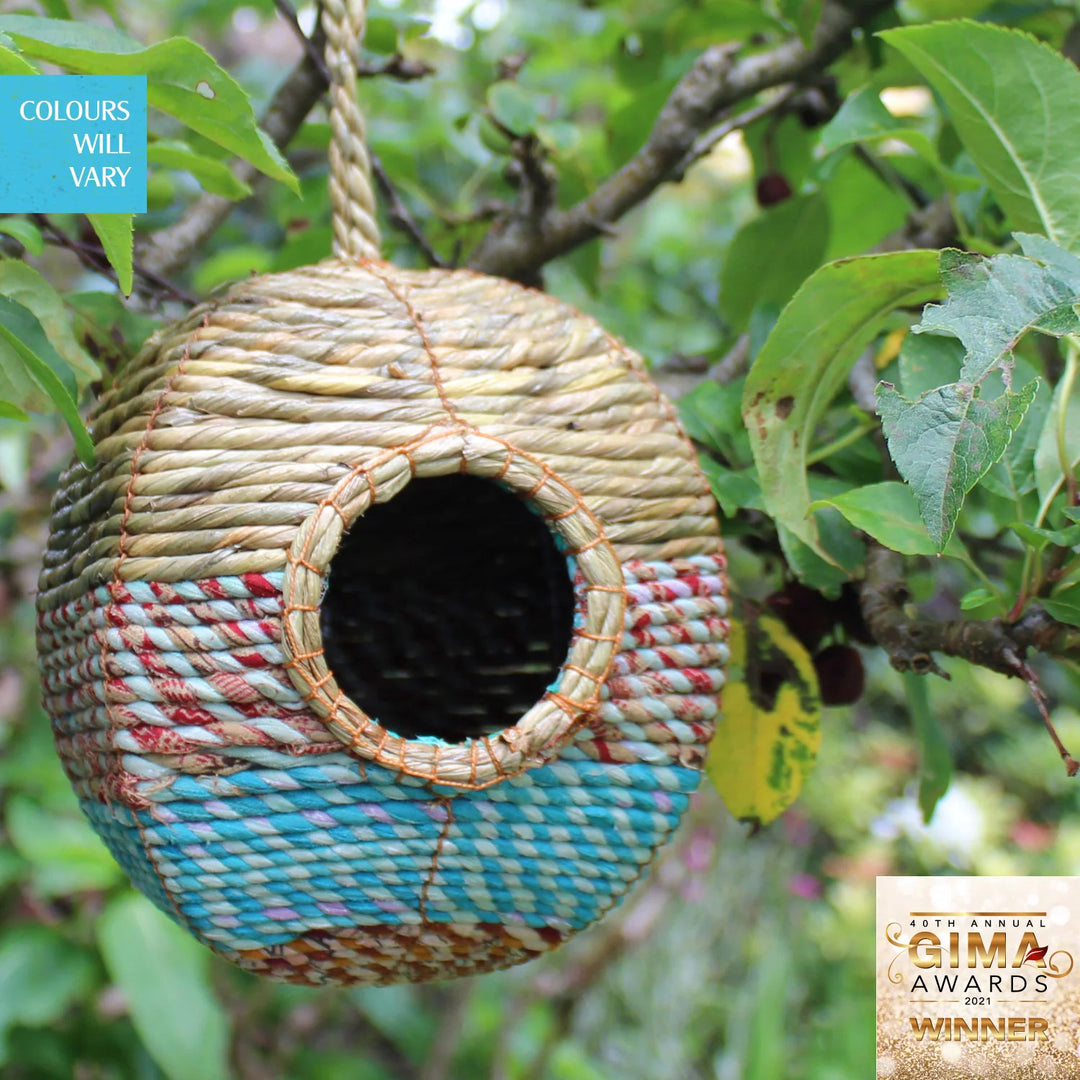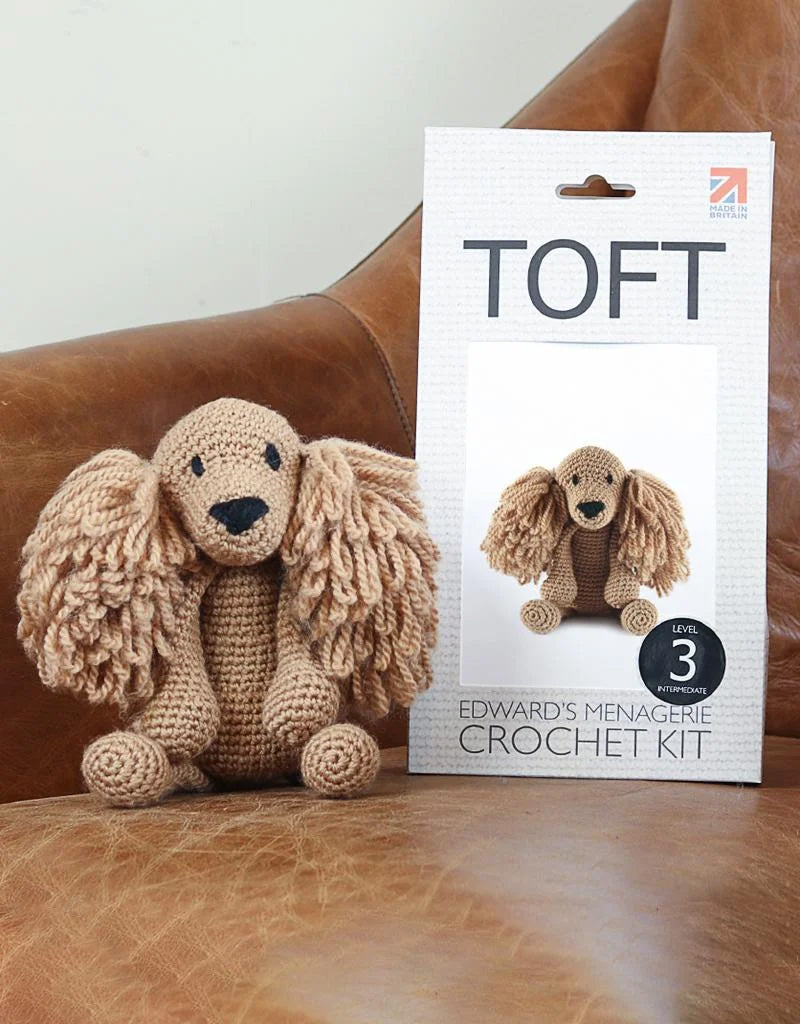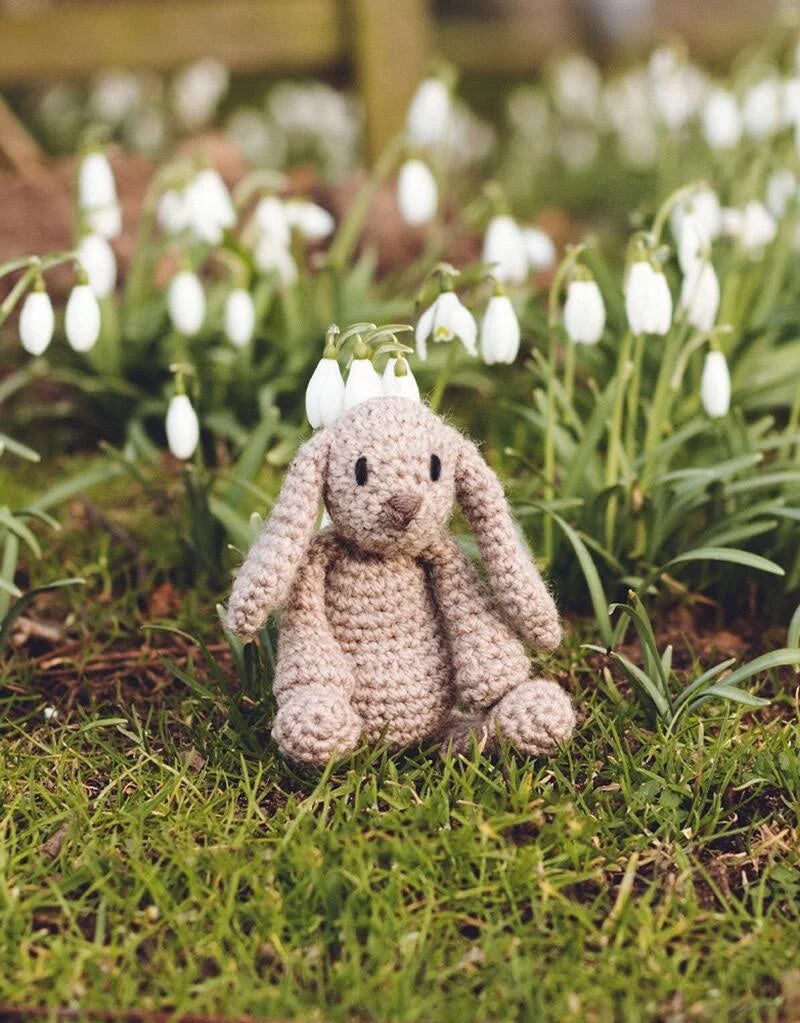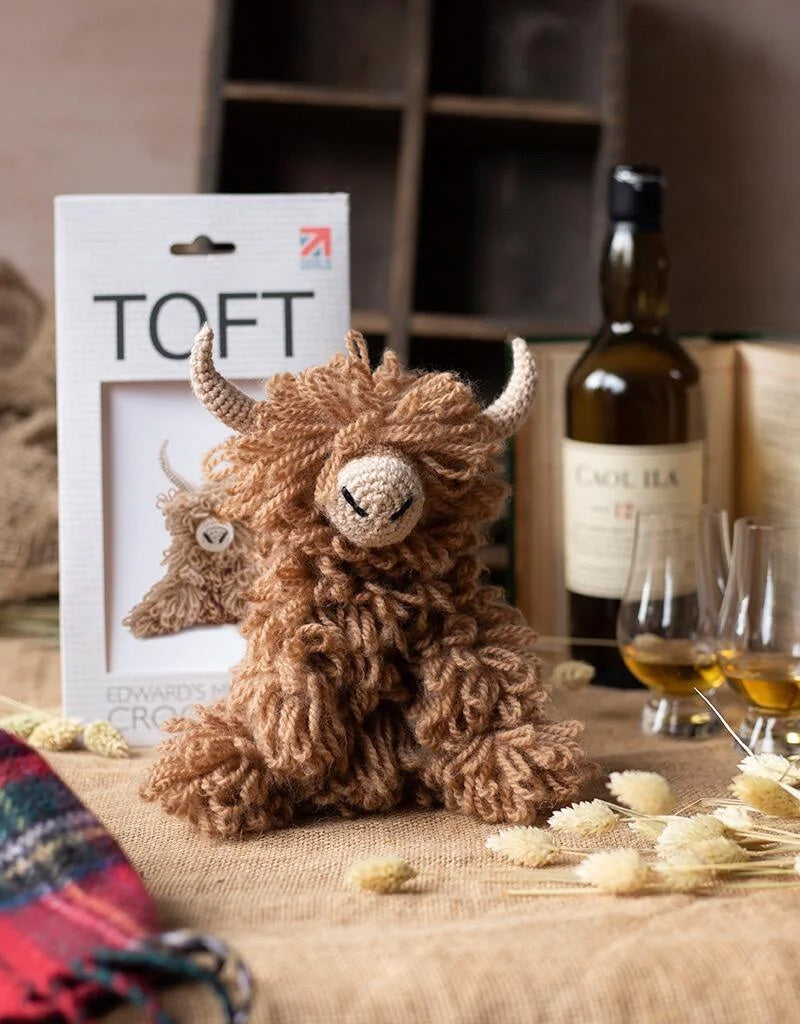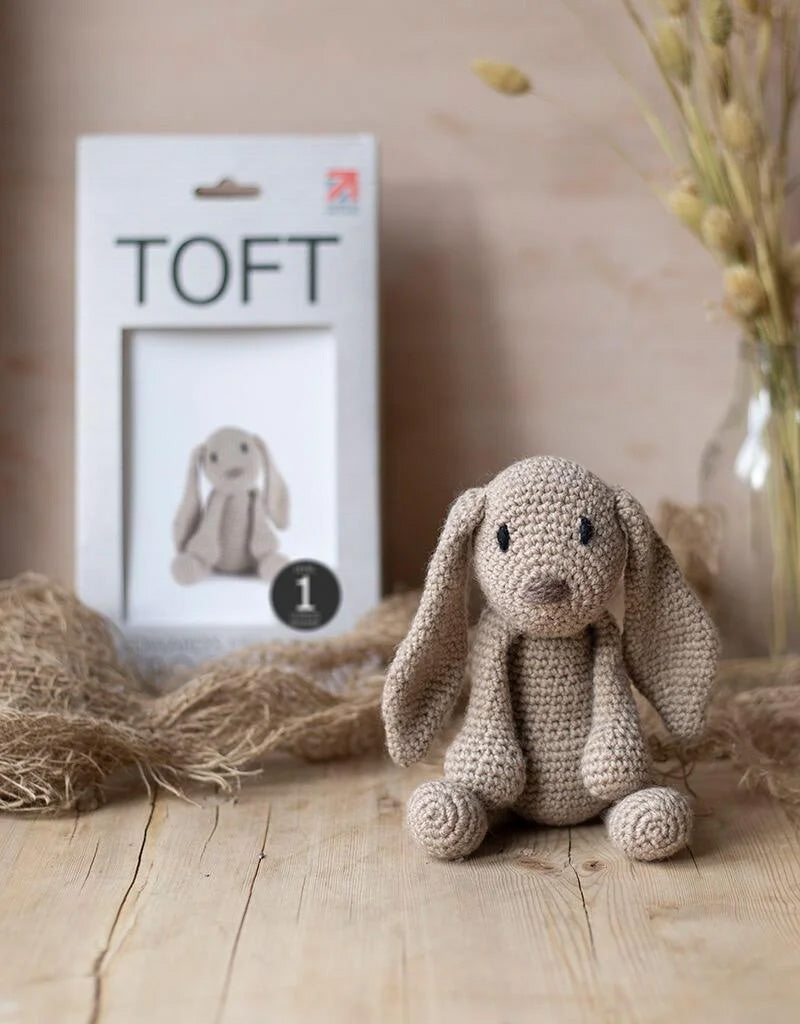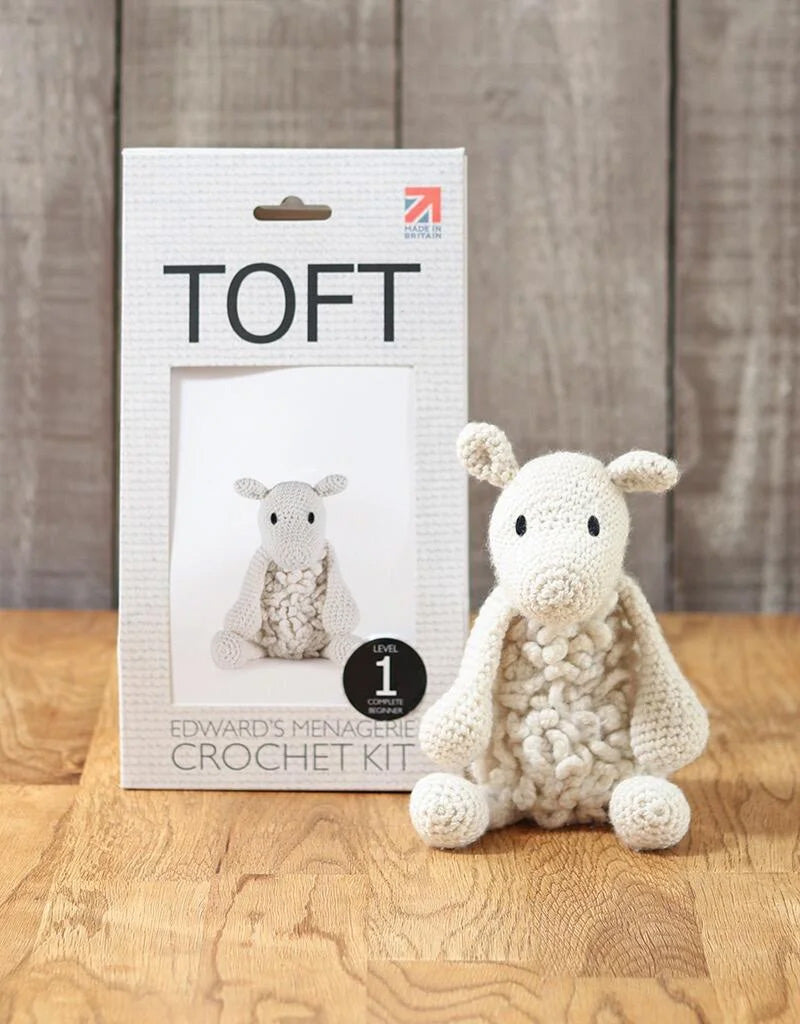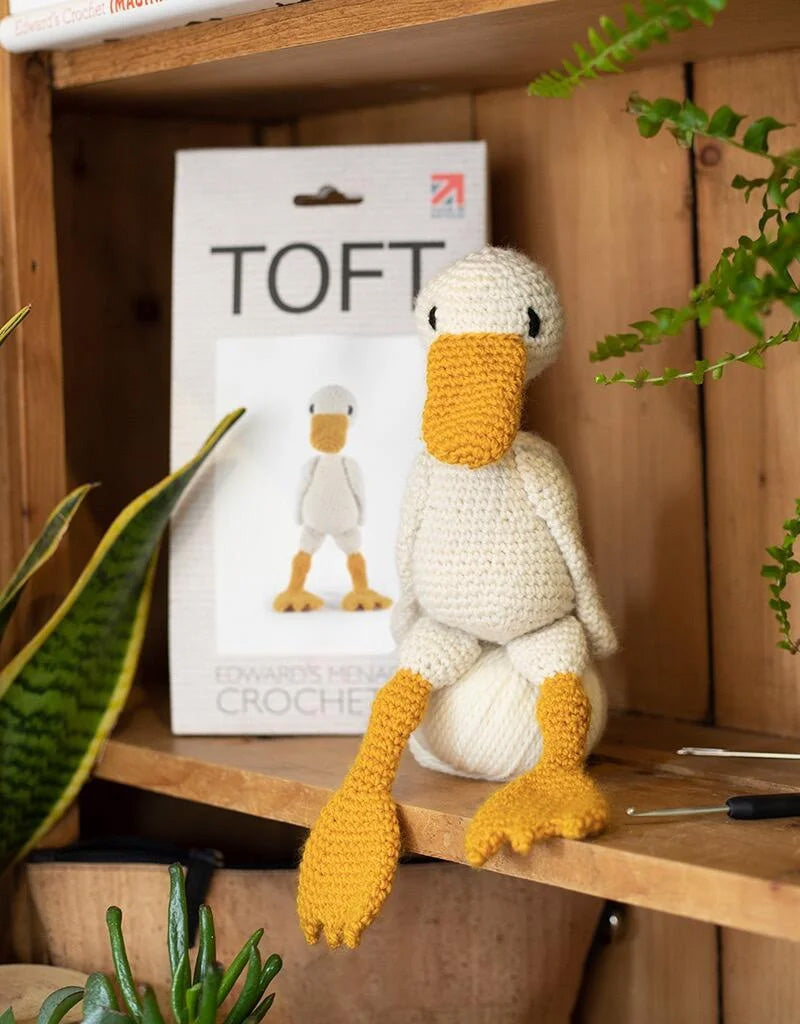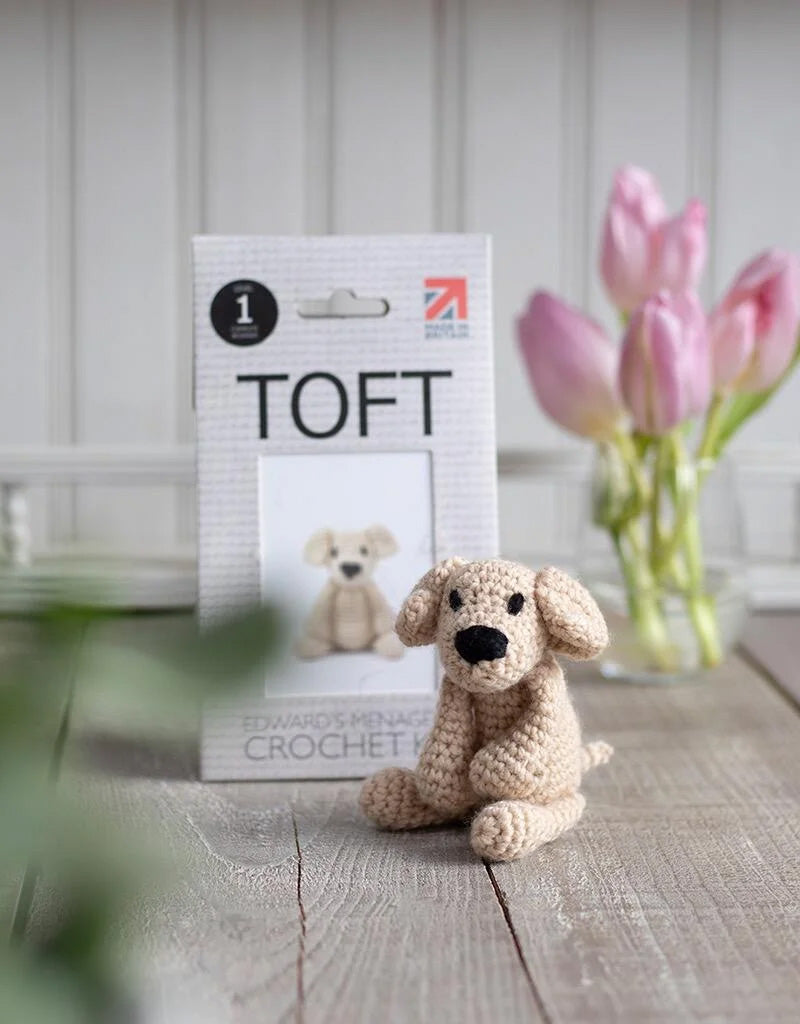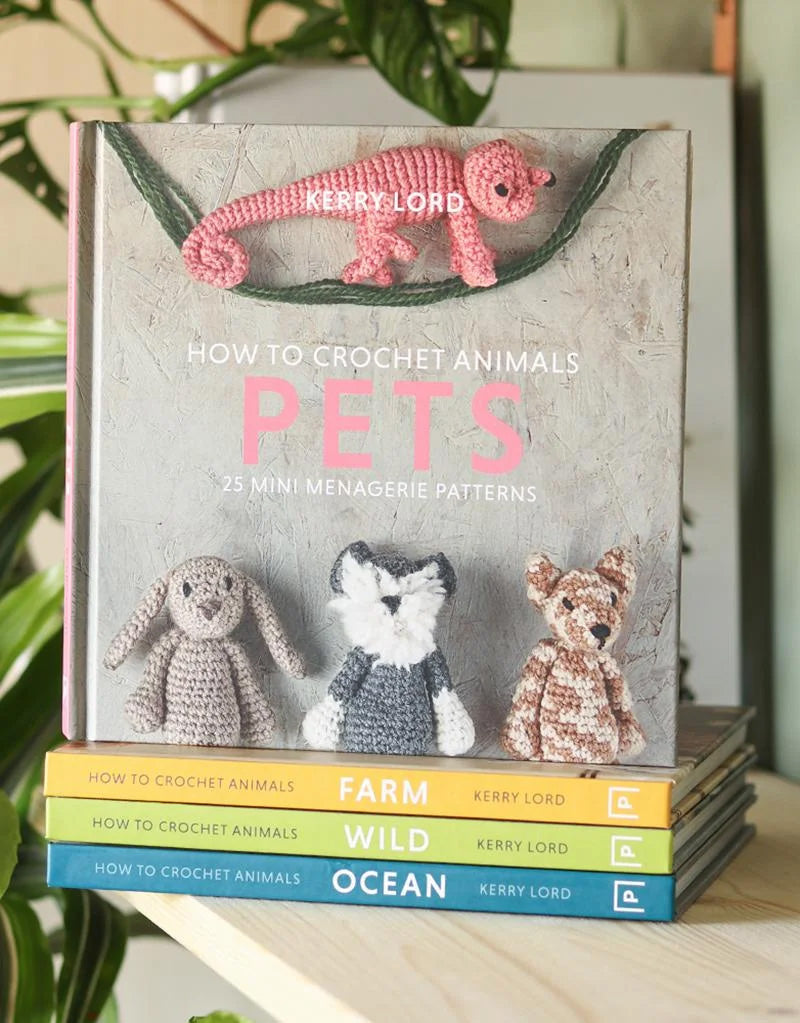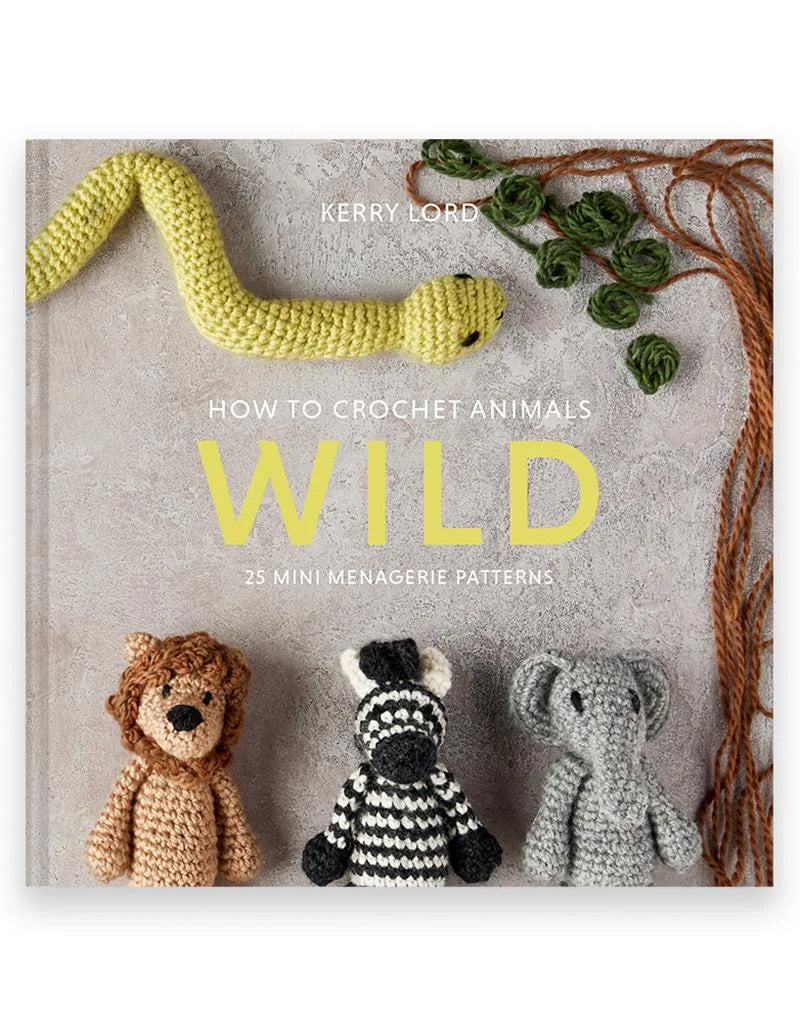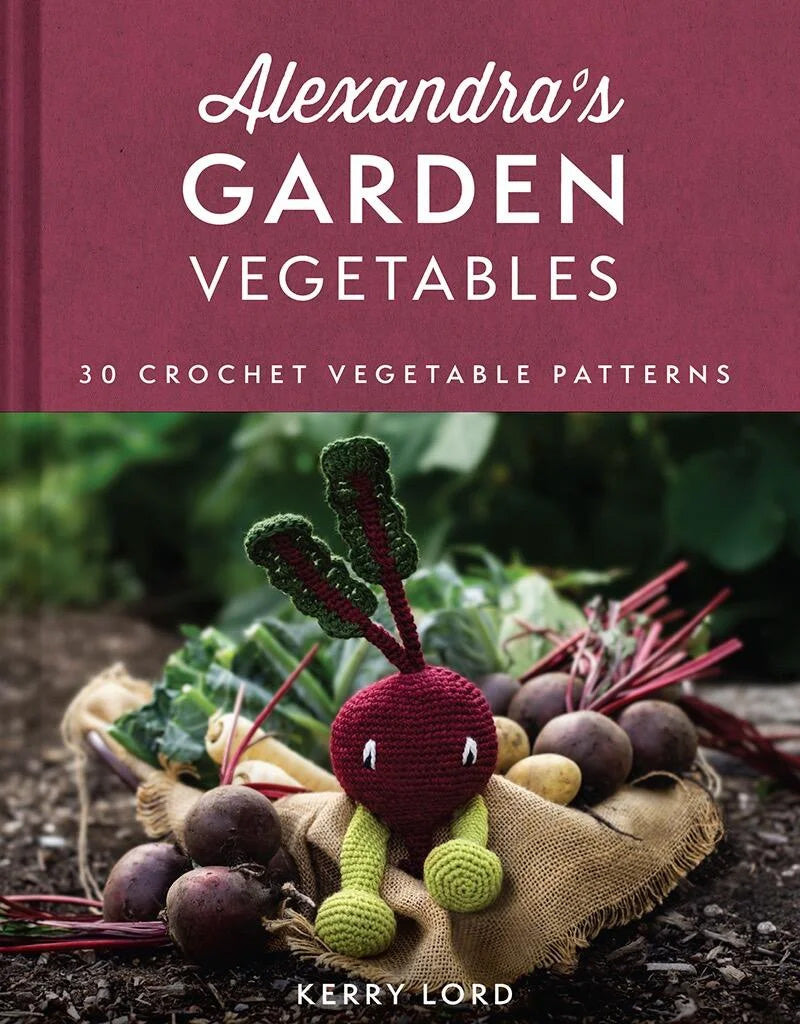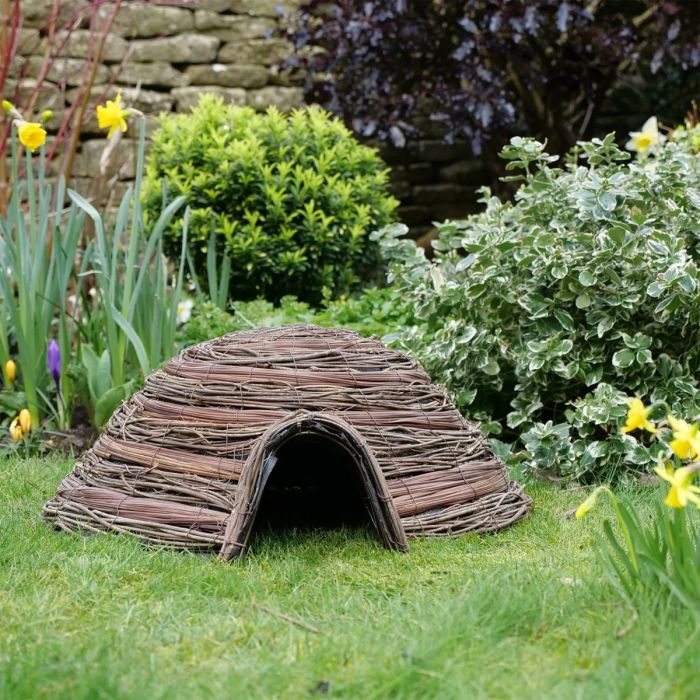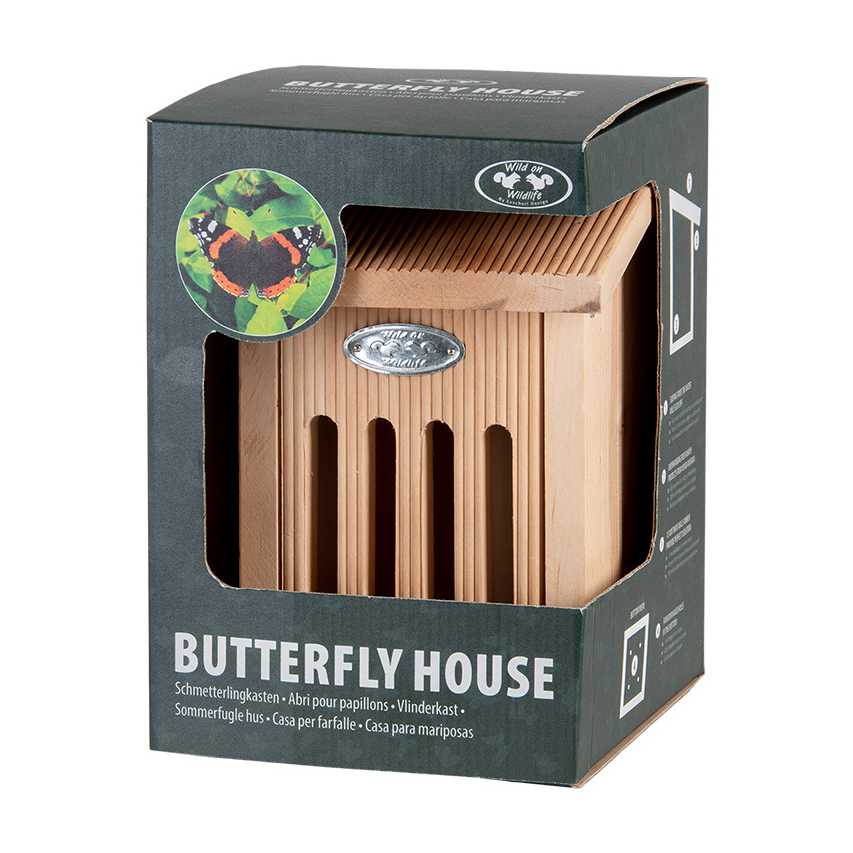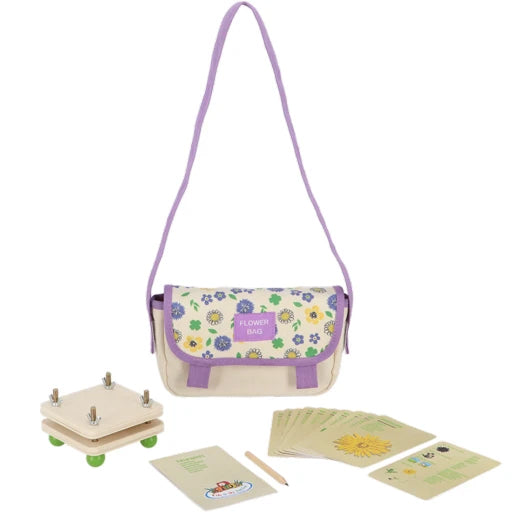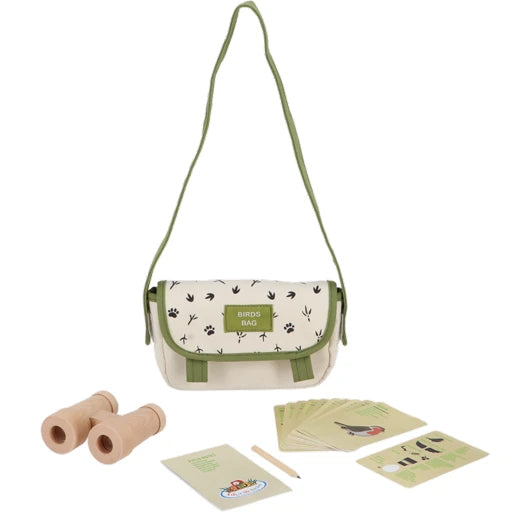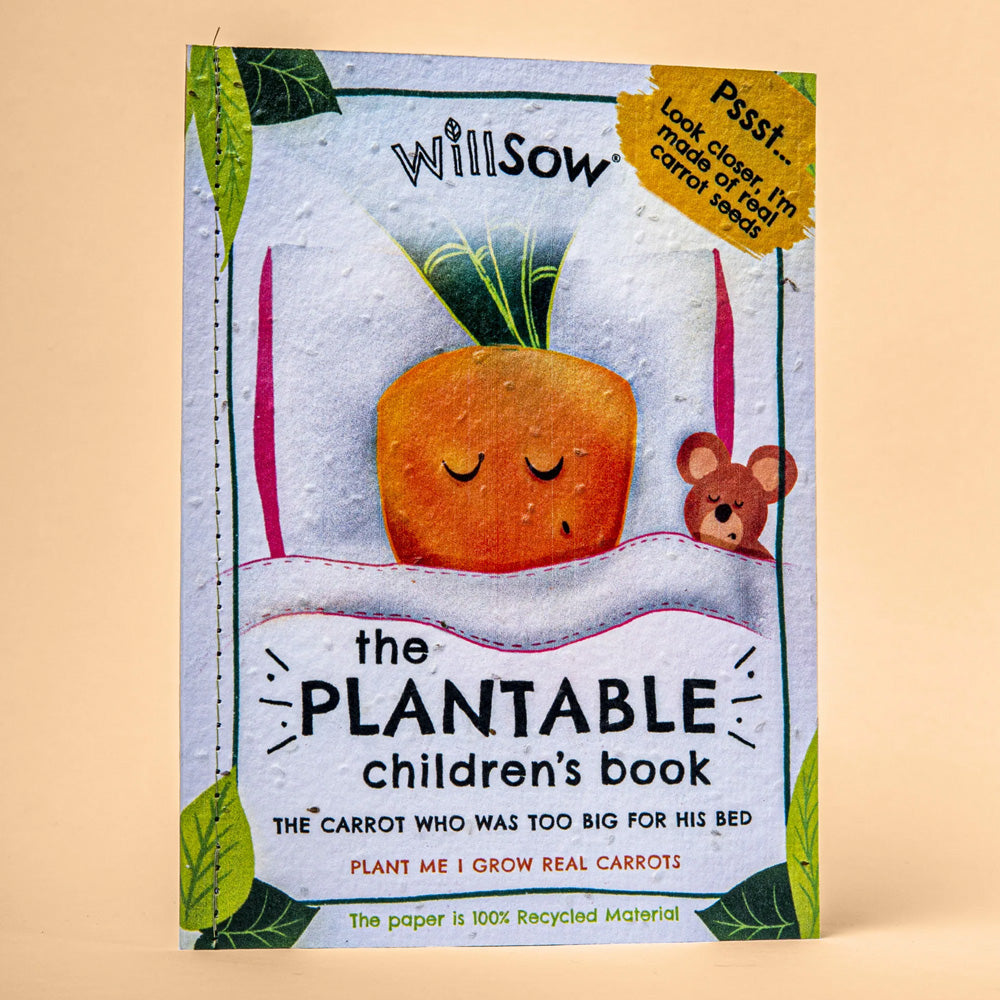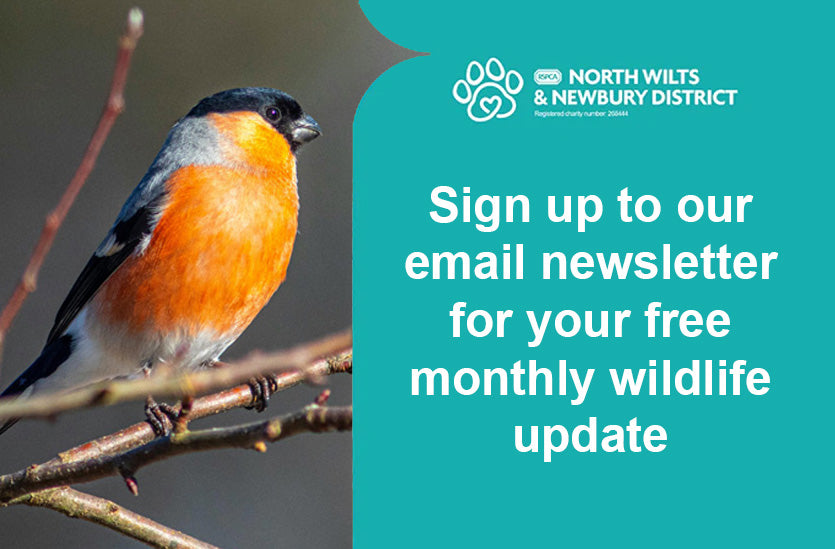Butterflies
Butterflies in the UK are a diverse and fascinating group of species that play a crucial role in our ecosystems. With over 60 species of butterflies found in the UK, these beautiful insects can be found in a variety of habitats, from gardens to meadows and woodlands.
One of the most common species of butterfly in the UK is the Small Tortoiseshell. This butterfly can be easily identified by its bright orange and black wings, with blue spots along the edges. Small Tortoiseshells can be found in gardens, meadows, and woodland edges, where they feed on nectar from flowers such as thistles and daisies.
Another well-known species of butterfly in the UK is the Peacock butterfly. With its striking red wings and distinctive eye spots, the Peacock butterfly is a beautiful sight to behold. These butterflies can be found in gardens and meadows, where they feed on a variety of flowers, including buddleia and thistles.
Butterflies in the UK have a varied diet, with most species feeding on nectar from flowers. Some species, such as the Orange-tip butterfly, also feed on the leaves of plants such as cuckooflower and garlic mustard. Butterflies play an important role in pollination, helping to ensure the reproduction of many plant species.
In terms of habitat, butterflies in the UK can be found in a wide range of environments. Some species, such as the Brimstone butterfly, prefer open grassland habitats, while others, such as the Speckled Wood butterfly, can be found in woodland areas. Butterflies are also commonly found in gardens, where they can benefit from the abundance of nectar-rich flowers.
Many species of butterflies in the UK are protected under conservation laws, due to their declining populations. Factors such as habitat loss, climate change, and pesticide use have all contributed to the decline of butterfly species in the UK. Conservation efforts are underway to protect these beautiful insects and their habitats.
During the winter months, many species of butterflies in the UK hibernate in sheltered locations, such as in leaf litter or under tree bark. Hibernation allows butterflies to survive the cold winter months when food sources are scarce. Some species, such as the Red Admiral butterfly, may also migrate to warmer climates during the winter.
Unfortunately, some species of butterflies in the UK are endangered and at risk of extinction. The High Brown Fritillary, for example, has seen a significant decline in numbers due to habitat loss and climate change. Conservation efforts are being made to protect these endangered species and ensure their survival for future generations.
Butterflies in the UK come in a wide range of colours, from the vibrant orange of the Small Tortoiseshell to the delicate white of the Green-veined White. These beautiful insects add a splash of colour to our gardens and countryside, brightening up even the dullest of days.
In addition to their aesthetic beauty, butterflies in the UK also provide important ecological benefits. As pollinators, butterflies help to ensure the reproduction of many plant species, including food crops. By protecting butterfly habitats and populations, we can help to maintain healthy ecosystems and biodiversity in the UK.
Butterflies in the UK are a diverse and important group of insects that play a crucial role in our ecosystems. With their stunning colours, varied habitats, and important ecological benefits, butterflies are a vital part of our natural world. By protecting and conserving butterfly species, we can help to ensure their survival for future generations to enjoy.
One of the most common species of butterfly in the UK is the Small Tortoiseshell. This butterfly can be easily identified by its bright orange and black wings, with blue spots along the edges. Small Tortoiseshells can be found in gardens, meadows, and woodland edges, where they feed on nectar from flowers such as thistles and daisies.
Another well-known species of butterfly in the UK is the Peacock butterfly. With its striking red wings and distinctive eye spots, the Peacock butterfly is a beautiful sight to behold. These butterflies can be found in gardens and meadows, where they feed on a variety of flowers, including buddleia and thistles.
Butterflies in the UK have a varied diet, with most species feeding on nectar from flowers. Some species, such as the Orange-tip butterfly, also feed on the leaves of plants such as cuckooflower and garlic mustard. Butterflies play an important role in pollination, helping to ensure the reproduction of many plant species.
In terms of habitat, butterflies in the UK can be found in a wide range of environments. Some species, such as the Brimstone butterfly, prefer open grassland habitats, while others, such as the Speckled Wood butterfly, can be found in woodland areas. Butterflies are also commonly found in gardens, where they can benefit from the abundance of nectar-rich flowers.
Many species of butterflies in the UK are protected under conservation laws, due to their declining populations. Factors such as habitat loss, climate change, and pesticide use have all contributed to the decline of butterfly species in the UK. Conservation efforts are underway to protect these beautiful insects and their habitats.
During the winter months, many species of butterflies in the UK hibernate in sheltered locations, such as in leaf litter or under tree bark. Hibernation allows butterflies to survive the cold winter months when food sources are scarce. Some species, such as the Red Admiral butterfly, may also migrate to warmer climates during the winter.
Unfortunately, some species of butterflies in the UK are endangered and at risk of extinction. The High Brown Fritillary, for example, has seen a significant decline in numbers due to habitat loss and climate change. Conservation efforts are being made to protect these endangered species and ensure their survival for future generations.
Butterflies in the UK come in a wide range of colours, from the vibrant orange of the Small Tortoiseshell to the delicate white of the Green-veined White. These beautiful insects add a splash of colour to our gardens and countryside, brightening up even the dullest of days.
In addition to their aesthetic beauty, butterflies in the UK also provide important ecological benefits. As pollinators, butterflies help to ensure the reproduction of many plant species, including food crops. By protecting butterfly habitats and populations, we can help to maintain healthy ecosystems and biodiversity in the UK.
Butterflies in the UK are a diverse and important group of insects that play a crucial role in our ecosystems. With their stunning colours, varied habitats, and important ecological benefits, butterflies are a vital part of our natural world. By protecting and conserving butterfly species, we can help to ensure their survival for future generations to enjoy.

